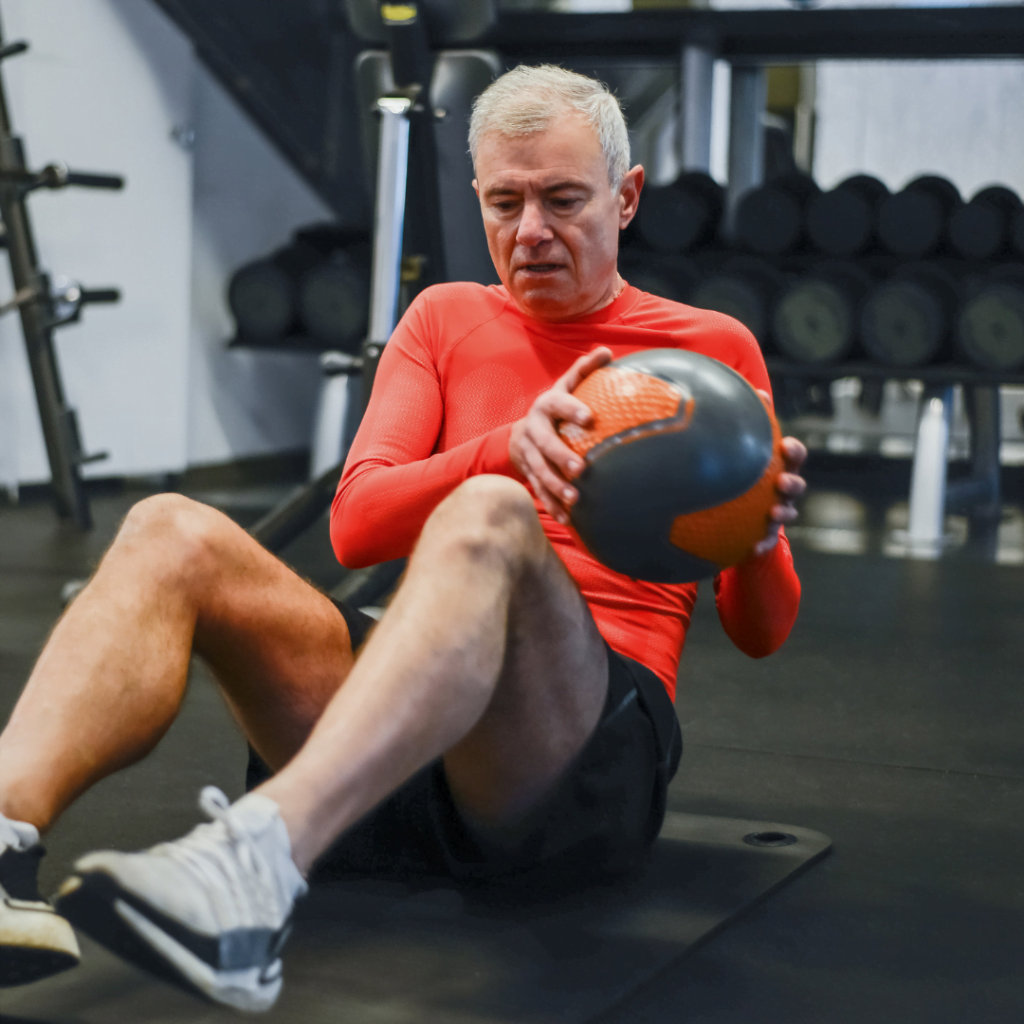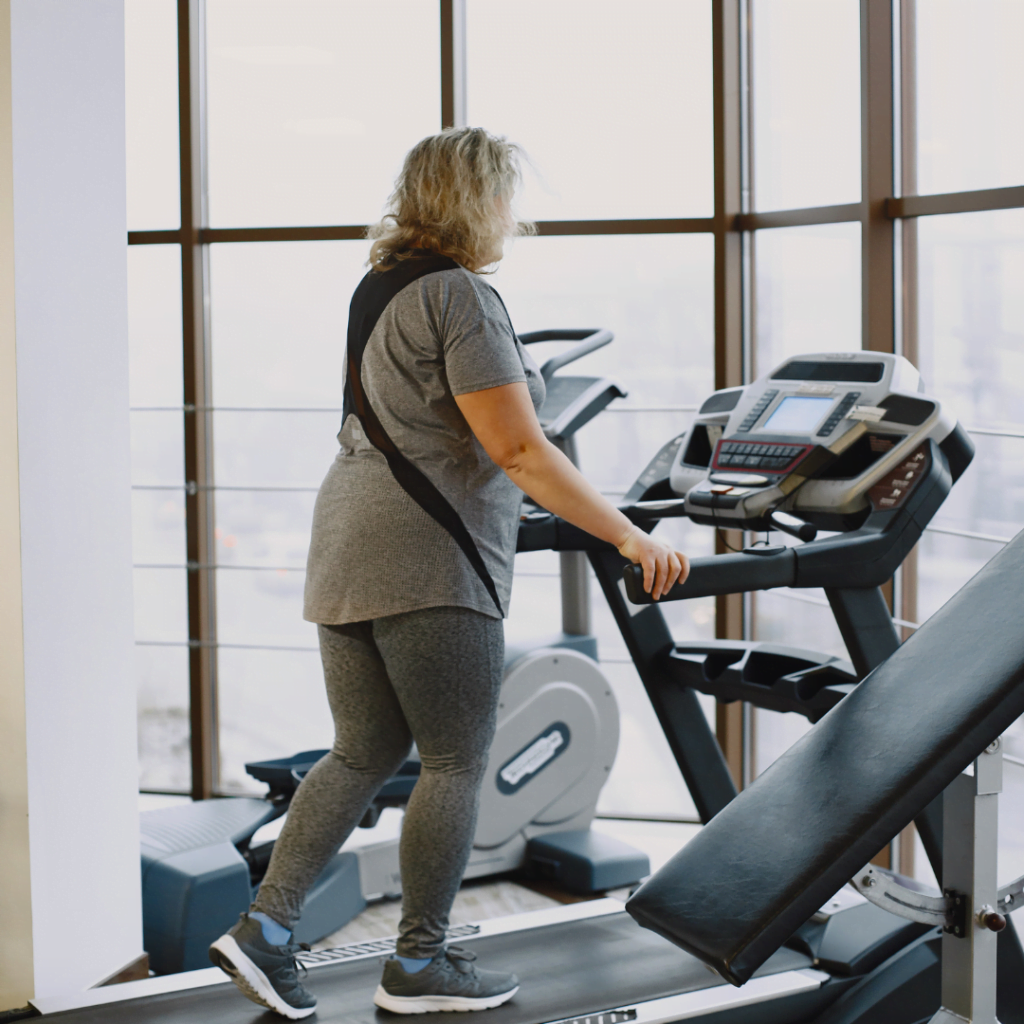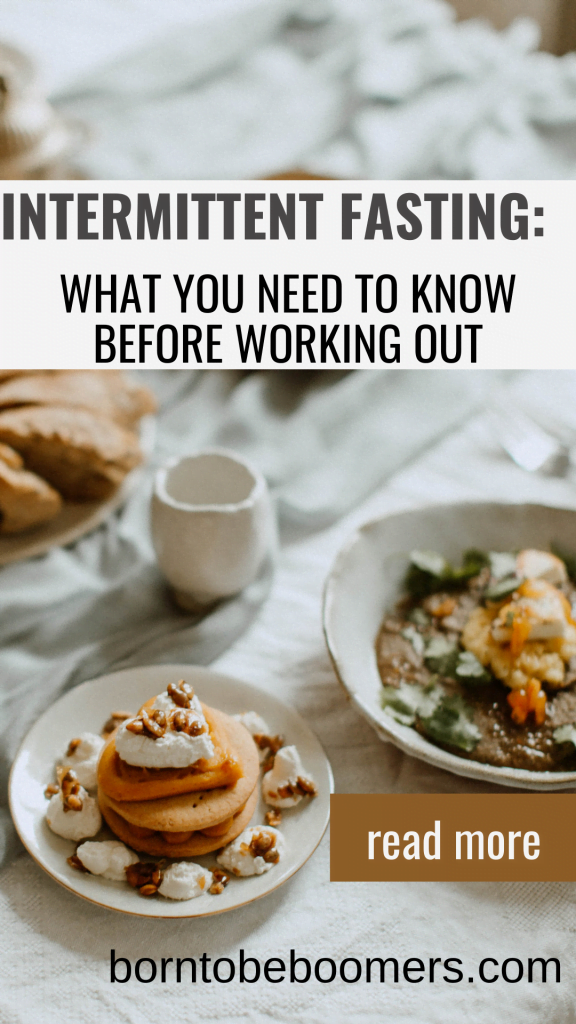Intermittent Fasting is a time-restrictive feeding approach and a popularly rising fitness trend, highly endorsed by professionals and celebrities as the best way to improve their overall health and achieve several fitness benefits.
Intermittent Fasting (IF), when collaborated with workouts and exercise regimes, helps enhance the results of IF manifolds. However, the common dilemma many face is how to combine Workout and Intermittent Fasting and determine the best way and time to work out while fasting.
Another concern is whether it’s necessary to work out while fasting, and if so, how to exercise without stressing out your body and reversing your hard-earned results.
This article will explore all the essential aspects of Intermittent Fasting and working out. We’ll learn how and when to exercise and the vital factors to follow for achieving the maximum potential benefits of Intermittent Fasting.

Table of Contents
What is Intermittent Fasting?
Intermittent Fasting is a relatively recent and simplistic approach towards attaining a profound and productive health status IF has gained immense popularity and fellowship in the fitness and well-being sector.
Intermittent Fasting is a periodic pattern of short-duration fasts followed by intervals of food consumption. The fasting and eating intervals are referred to as the fasting window and eating window, respectively.
Intermittent Fasting is an eating pattern and a lifestyle choice that relatively differs from a dieting pattern, for it involves time-restrictive eating instead of following a restrictive diet schedule. In simpler words, IF is a cyclic pattern of fasting for a specific duration and then eating for another predefined time frame.
During the feeding window, you are free to choose any food of your preference, as the core mechanism of this approach depends on the duration of eating and not on the food or diet you consume. However, to achieve the best results, it is advisable to consume a healthy diet that will amplify the outcome of your Intermittent Fasting regime.
Types of Intermittent Fasting
Intermittent Fasting is a flexible and affordable way to stay healthy, cleanse your body of impurities and toxic substances and enhance the functions of your body and its systems for better and productive health status.
There are different ways by which you can practice Intermittent Fasting depending on your preferences and your body’s ability and requirements. The most desirable and efficient methods of Intermittent Fasting are:
1. 12:12 hour Intermittent Fasting
This method is the simplest as the fasting and eating windows are equally divided, where you fast for 12 hours and then eat for another 12 hours. You can practice this method daily as its central portion involves your sleeping time. By skipping the first or last meal of the day, you can easily accommodate it in your daily routine.
2. 16:8 hour Intermittent Fasting
This method is a step forward from the 12:12 hour method. In this method, your calorie intake restriction duration is 16 hours, and you can eat during the eight-hour window.
This method is also applicable for daily periods of Fasting and is the most desirable and acceptable approach to Intermittent Fasting.
3. 24-hour Intermittent Fasting
This method is also known as the Eat-Stop-Eat method and can be practiced once or twice a week. This method’s calorie restriction fasting period is 24 hours, and you may break your fast the next day with a healthy and nutritious diet.
4. The 5:2 Diet
This method is also known as the Fast Diet, as it is similar to any customary fasting ritual. The Intermittent Fasting schedule for this method involves consuming only 25% (500-600) calories on any two consecutive days of the week and following your regular diet on the other days.
The 5:2 diet is ideal for people who can’t sustain being hungry for long periods but can work with consuming fewer calories.
5. Alternate-Day Fasting
This Intermittent Fasting plan involves fasting on alternate or nonconsecutive days of the week. In this method, you can either follow a complete calorie deficit pattern, intake 25% calories on the fasting days, and follow your regular diet on the rest days.
You can monitor the number of calories by planning small meals that provide enough calories to fulfill the 500-600 calorie criteria for the fasting window.
All these methods above are highly effective and reliable as long as you follow proper calorie restrictions during the hours of Fasting and provide sufficient nutrition and hydration to the body during the eating intervals.
Remember, a healthy diet plays a prominent role in influencing the benefits of Intermittent Fasting and provides better results for all your hard work.
Benefits offered by Intermittent Fasting
Intermittent Fasting provides an array of health benefits and improves the overall health of an individual. Some of the benefits of Intermittent Fasting are as follows:
- It assists in the body’s detoxification and enhances metabolic rate.
- It improves and regulates blood pressure and blood sugar levels and reduces insulin sensitivity and the risk of diabetes mellitus.
- It promotes fat loss, regulates body weight, and reduces the risk of obesity.
- It stimulates the development of new cells and promotes digestive, immune, and heart health.
- It improves mental health and, decreases anxiety, depression, and reduces the risk of various neurodegenerative diseases.
You can enhance the potential benefits of Intermittent Fasting further by providing proper nutrition and hydration to your body and stimulating it with exercises and workouts.
If you are keen to learn about the workout and exercise factors related to Intermittent Fasting, then read along, and we shall discuss this topic in depth.
Should you Workout when following IF?
Combining different exercise programs with your Intermittent Fasting regime provides your body with a stimulating factor for weight loss, muscle growth, and rapidly achieving your fitness goals.
However, the physical activity, type of workout, and training sessions may differ for each individual as a single approach cannot be universal for everyone. The most important thing is to consider your overall health, age, lifestyle, nutrition, fitness goals, and body composition while planning your exercise sessions to procure their maximum benefits.
For a better understanding, let’s consider the following two scenarios—
(a) If you are a professional athlete, combining your high-intensity workouts and strength training with an Intermittent Fasting regime can be a daunting challenge.
The reason is that while engaging in high-intensity exercises and resistance training, the body requires a lot of calories, which can be difficult to provide when following an Intermittent Fasting regime. So for professionals, this can prove to be a fraughting and unnecessary endeavor.
(b) On the other hand, if you are a beginner or enjoy regular exercise for the sake of fitness, then you may indulge in low-intensity workouts and a bit of moderate type of exercises like—cardio, yoga, pilates, Zumba, and aerobic training.
The bottom line is, Intermittent Fasting collaborated with light and moderate workout sessions, is an excellent choice for enhancing your fitness, muscle building, burning body fat, and improving your overall health.
Whereas you must reconsider involving professional fitness training like intense exercise, high-intensity interval training, and intense workouts, for it may have derogatory effects on your body and may result in losing that hard-earned muscle mass.

What is the Best Time to Workout while Intermittent Fasting?
The short answer to this question is that it depends on your schedule and preference. The first thing you must do is to time your workout regime, as it is an essential factor that influences your Intermittent Fasting outcome.
The primary goal is to combine Intermittent Fasting and working out in such a practical way that it amplifies the benefits of the fasting regime. The most reasonable time frames to schedule your workout regime while Intermittent Fasting is:
1. At the end of your fasting period
The end of your fasting window is the ideal time segment for following your exercise and workout regime. Exercising during the last one or two hours of the fasting period allows you to comfortably transition in the eating window without dreading them and craving food.
Additionally, this provides your body the stimulation for achieving its maximum weight loss potential.
Remember to stay hydrated and intake enough calories while working out on an empty stomach, as it may cause a rapid decrease in your energy levels and cause fatigue due to low blood sugar concentration and insulin levels.
Following your workout session, break your fast with a healthy and nutritious diet to replenish any excess calorie loss during the process.
2. In the morning
Another best time frame to work out is the morning time when you still have 4-5 hours left for the completion of your fasting period. However, this time duration can be a bit daunting as performing physical activities in a fasted state is itself a challenge.
Then if you still have to go another 4-5 hours without food, it becomes even more distressing and challenging.
Though the morning workouts on a fasted Stomach seem impossible at first, you can easily transition into this schedule within a few weeks of practice with sheer determination. Believe it or not, if I can do it, so can you.
Start slow and gradually build your momentum; this will ensure the transition for your body, and it will eventually become habitual for this routine.
3. During the Eating window
Engaging in intense physical workouts in a fasted state results in decimating muscle mass due to the excessive breakdown of protein molecules into amino acids.
It is advisable to plan any strength, sprint, or weight training during the eating window so you can quickly restore your lost proteins and increase protein synthesis by consuming high-protein meals. Providing enough protein to the body will assist in building muscles and increasing lean muscle tissues.
As mentioned above, we insist you pay serious attention to the nourishment and hydration of your body. A diet rich in healthy foods and essential nutrients provides the necessary background for ensuring better fitness and avoiding fatigue, brain fog, low glucose levels, headaches, and other symptoms or side effects.
What are the advantages of working out while following Intermittent Fasting?
Fast workouts cultivate an array of benefits and improve the overall health and wellness of the body and mind.
Increase the concentration of Human Growth Hormone (HGH)
Intermittent Fasting, when combined with workouts and exercise regimes, enhances hormone optimization in the body. This ultimate duo significantly increases the concentration of the human growth hormone, which is optimal for muscle gain, improving insulin sensitivity, and body composition, enhancing longevity, cell repair, and regulating metabolism.
The human growth hormone increases muscle protein synthesis and stimulates the production of new muscle cells and the repair of muscle tissue.
Promotes weight loss
The synergistic effects of the fasted state and workout regime raid the liver’s glycogen stores and burn the glucose reserves for energy. Once the stored energy is consumed, the body starts burning fat to meet its energy requirements and replenish the lost energy reserves.
Working out in a fasted state for the long term eventually builds your body’s ability to increase fat oxidation and burn fat more rapidly and efficiently.
Improves overall health
Intermittent Fasting and workout together provide multi-therapeutic effects on the body and improves overall health. It helps in regulating metabolism and controlling blood pressure, blood sugar, and insulin levels.
Moreover, it also promotes digestive, immune, cardiovascular health, and hormone regulation and, reduces anxiety, stress, and depression, and improves mental health.

Tips to Get the Best Results results from Intermittent Fasting and Workout Regime
- Understand your body’s ability and requirements and plan the intensity and timing of your workouts accordingly. As we know, a single approach cannot be universal for everyone. Use the trial and error method to make the best choice of the Intermittent Fasting method and the type of workouts you can perform and achieve the best results from.
- Consume a healthy and nutritious diet, rich in raw and fresh fruit and vegetables and whole foods that provide sufficient calories to the body to sustain the workout and fasting program.
- Maintain proper hydration and consume at least 64oz or 8-10 glasses of water while fasting. Water will help flush the toxins and regulate your body’s metabolism. Drink electrolytes and hydrating liquids to avoid cell damage, weakness, and other symptoms of a fasted state.
- Include supplements, Branched Chain Amino Acids (BCAA), and natural herbs to improve the effects of Fasting and workout and replenish the lost proteins and nutrients.
- Take sufficient rest and pamper yourself with hot baths, massages, and relaxation therapy to avoid excessive stress and help the body reach its maximum potential.
Conclusion
Intermittent Fasting and workout together form the ultimate fitness program that incubates marvelous health benefits by improving your entire health status.
Collaboration of exercise programs with a fasting regime works differently for every person. To fully understand and achieve the potential benefits of this popular and desirable approach, you have to experience it firsthand.
In this article, we have discussed the importance of fasting and working out together. Please share it with your friends to help them learn about the merits and advantages of this fitness regime.
There are various methods of Intermittent Fasting and numerous workouts to try. So, choose which approach best suits you and start your journey to a more attractive and fit body.
Adrenal Cocktail Recipe
What Is Adrenal Fatigue, Symptoms, Tests, and Treatments?

These statements have not been evaluated by the Food and Drug Administration. Any product(s) on this website is not intended to diagnose, treat, cure, or prevent any disease.
Always consult a licensed health care professional before starting any supplement or nutraceutical. Especially if you are pregnant or have any pre-existing medical conditions. Individual results may vary. These are from my own experience and the experience of others and only our opinions.




